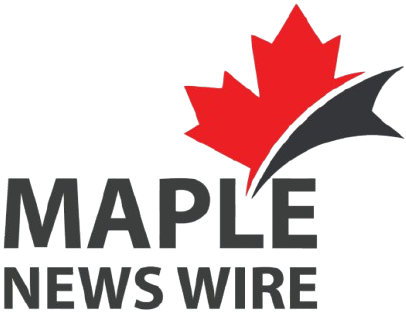Loonie Soars to Six-Month High, Ignites Tourism Boom
The Canadian dollar has soared to its highest level in six months, marking its largest monthly gain in a decade. This rally comes as global trade tensions ease and political uncertainty at home fades, setting the stage for a wave of international tourism and economic optimism across the Americas.
What’s Driving the Canadian Dollar’s Rise?
On Wednesday, the loonie traded 0.3% higher at 1.3788 per U.S. dollar (72.53 U.S. cents), after hitting an intraday peak not seen since October. For May, the currency jumped an impressive 4.3%, its biggest monthly advance since April 2015 and its third consecutive monthly gain.
Analysts point to several key factors:
- Easing Trade Tensions: U.S. President Donald Trump’s recent decision to pause tariffs on most countries (except China) has calmed markets.
- Political Stability: The election of Mark Carney as Canadian Prime Minister, a familiar face in international finance, has reassured investors.
- Optimism for a U.S.-Canada Trade Deal: Trump confirmed Carney will visit the White House soon, fueling hopes for smoother cross-border economic relations.
Tourism Across the Americas: The Currency Effect
The loonie’s rally-and the broader strength of the U.S. dollar-has triggered a powerful tourism surge across North and South America. As the greenback stretches further, travelers from the U.S., Europe, and Asia are flocking to destinations like Canada, Mexico, Brazil, Cuba, the Bahamas, and Jamaica, spending more and staying longer.
- Canada: U.S. visitors are crossing the border in droves, taking advantage of favorable exchange rates to enjoy premium experiences in cities like Vancouver, Toronto, and Montreal.
- Mexico & Brazil: Tourists are upgrading to luxury resorts and indulging in upscale experiences, thanks to strong foreign currencies.
- Caribbean: Jamaica and the Bahamas are seeing record per-capita tourist spending, revitalizing local economies and boosting employment.
Trade Policies Cast a Shadow Over Travel
Despite the tourism boom, ongoing tariff disputes between the U.S. and Canada are creating uncertainty for the travel and hospitality sectors. Rising costs, retaliatory tariffs, and political tensions have led to a decline in U.S.-bound Canadian travelers and a cooling luxury tourism market. Airlines and hotels are adjusting strategies, with some U.S. cities reporting lower occupancy rates and fewer international guests.
Economic Outlook: Mixed Signals
While the Canadian dollar’s strength is a boon for inbound tourism, it comes amid mixed economic signals:
- GDP Dip: Canada’s GDP slipped 0.2% in February, though a rebound is expected in March.
- Oil Prices: Crude, a key Canadian export, fell 3.7% to $58.21 a barrel.
- Interest Rates: The Bank of Canada is holding off on further rate cuts, citing tariff uncertainty.
The Bottom Line: A Window of Opportunity
With currencies in flux and travel demand shifting, North and South American destinations are seizing a rare window to attract international visitors and boost local economies. But as trade policies and exchange rates continue to evolve, both travelers and tourism boards are watching closely-knowing that today’s boom could quickly become tomorrow’s challenge.
For now, the loonie’s rise is a win for Canadian tourism and a case study in how currency and policy can reshape the global travel landscape.




